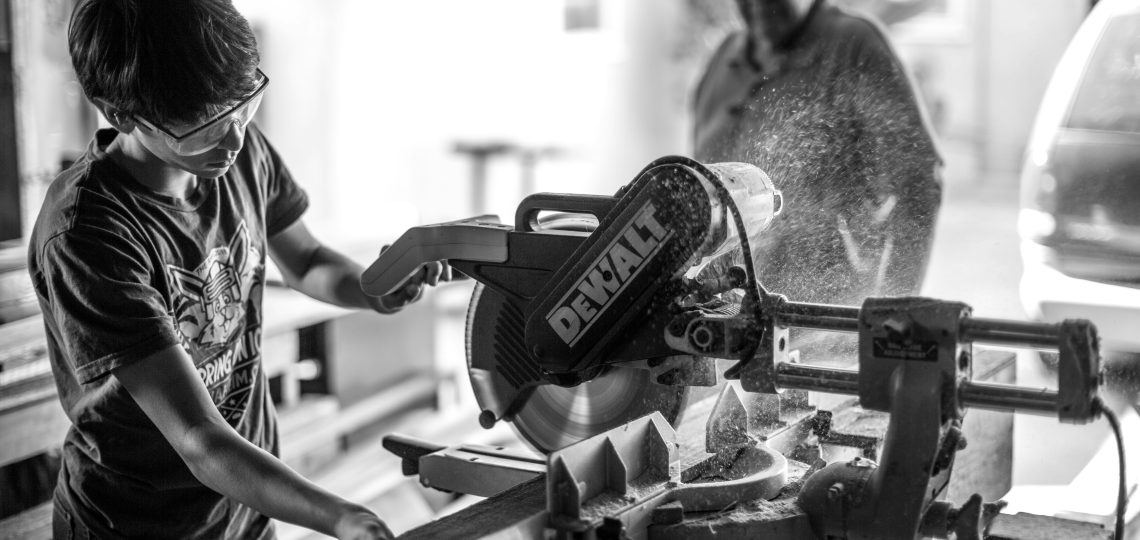
The Top 10 Essential Hardware Tools: What Will Work Best For You?
When it comes to home improvement projects, having the right hardware tools at your disposal can make all the difference between success and frustration. Whether you’re a seasoned DIY enthusiast or just starting out on your journey, having a well-equipped toolbox is essential for tackling a wide range of tasks effectively and efficiently. In this comprehensive guide, we’ll delve into the top 10 essential hardware tools every homeowner should have, exploring their functions, uses, and tips for selecting the right tool for the job.
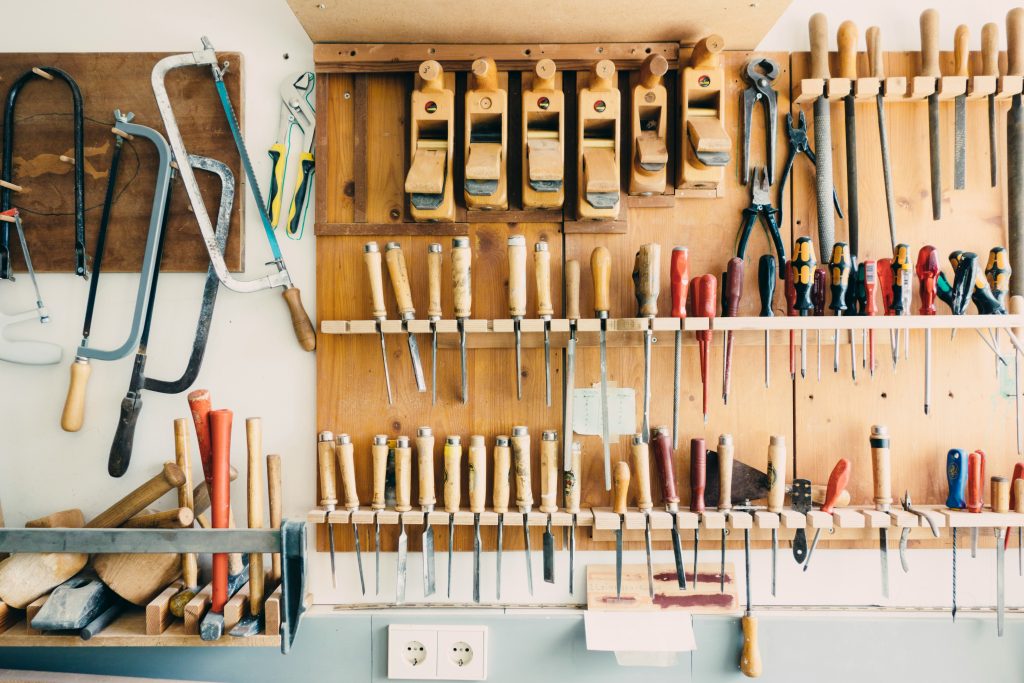
1. Screwdriver Set: Versatile Solutions for Fastening Tasks
Function: Screwdrivers are indispensable tools for tightening or loosening screws in a variety of household items, furniture, and fixtures. A comprehensive screwdriver set typically includes both flathead and Phillips head screwdrivers in various sizes to accommodate different screw types and sizes.
Uses: Use flathead screwdrivers for slotted screws and Phillips head screwdrivers for Phillips screws. Screwdrivers with magnetic tips are particularly useful for holding screws in place during installation. Choose screwdrivers with comfortable grips for extended use and ergonomic design for ease of handling.
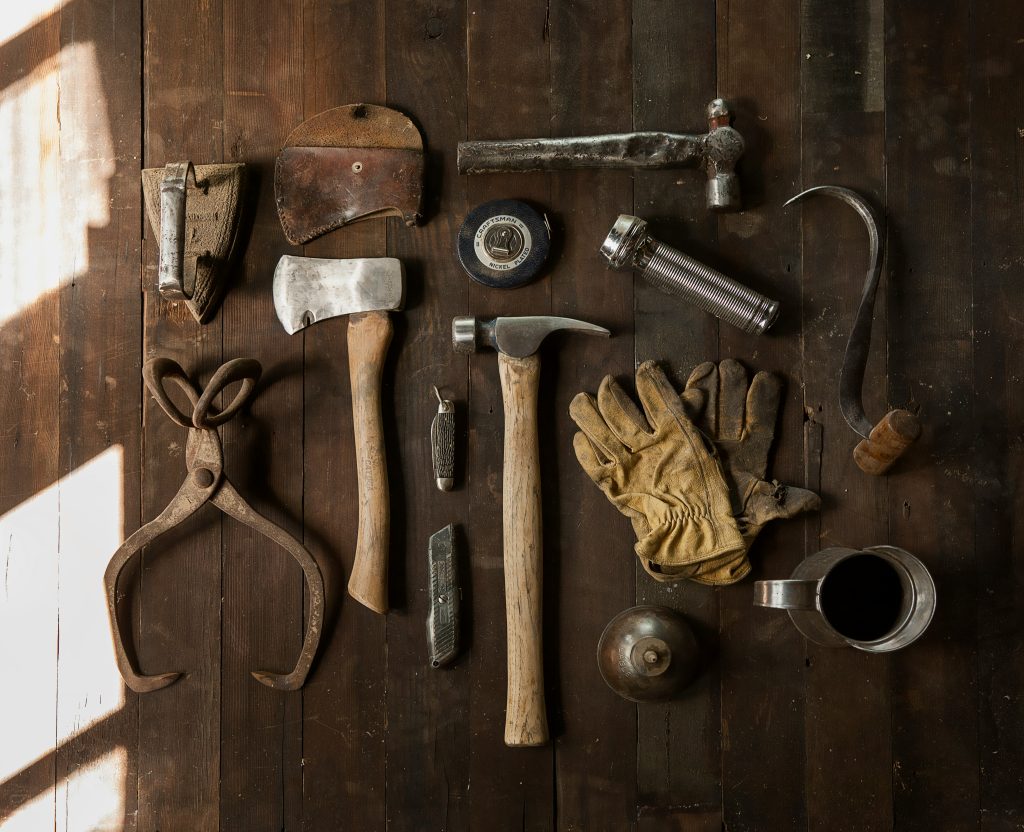
2. Hammer: The Workhorse of the Toolbox
Function: A hammer is a versatile hardware tool used for driving nails, tapping objects into place, and general demolition tasks. It features a flat striking surface (the head) and a claw for removing nails. Hammers come in various sizes and styles to suit different applications and preferences.
Uses: Choose a claw hammer for general-purpose use, a ball-peen hammer for metalworking tasks, and a rubber mallet for delicate or non-marring applications. Consider the weight and balance of the hammer for optimal handling and control. Always wear safety goggles when using a hammer to protect your eyes from flying debris.
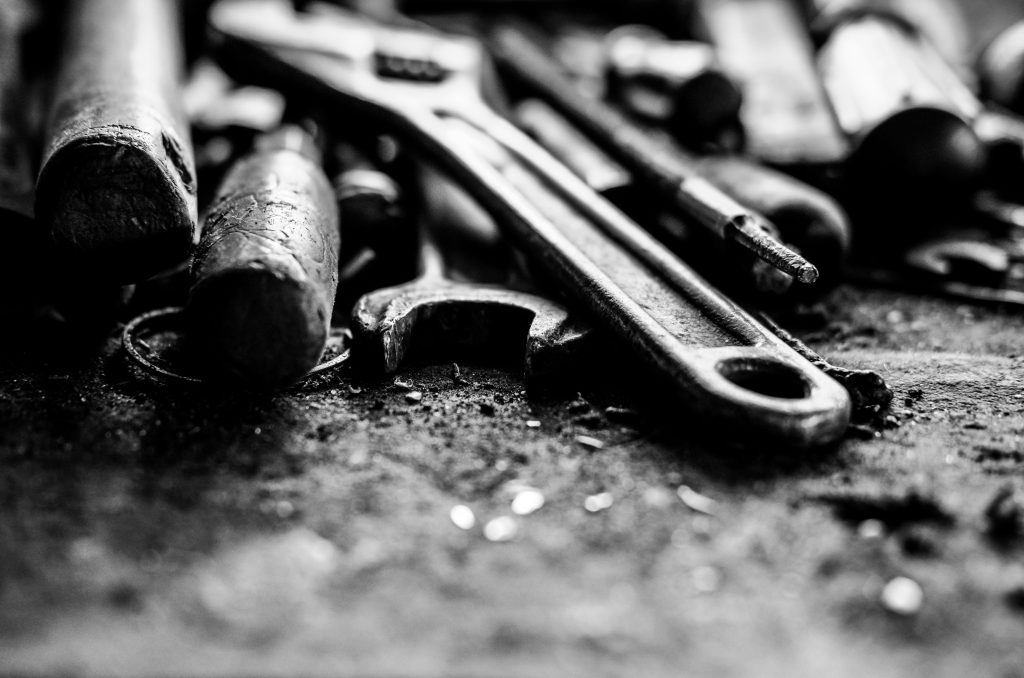
3. Adjustable Wrench: The Swiss Army Knife of Tools
Function: An adjustable wrench, also known as a crescent wrench, is designed to tighten or loosen nuts and bolts of various sizes. Its adjustable jaw allows for versatility and flexibility, making it a handy tool for plumbing, automotive repairs, and furniture assembly.
Uses: Use an adjustable wrench to tighten or loosen nuts and bolts in tight spaces where a regular wrench won’t fit. Choose a wrench with a smooth jaw surface to prevent marring or damaging surfaces. Always adjust the wrench to fit the size of the nut or bolt snugly to avoid slipping and causing injury.

4. Tape Measure: Accurate Measurements for Precision Projects
Function: A tape measure is essential for accurately measuring distances, dimensions, and materials during construction, renovation, or DIY projects. It typically features a retractable metal strip with markings in inches, feet, and centimeters for precise measurements. As it may not be a heavy hitter, it is still an essential hardware tool that will benefit you in the long run!
Uses: Use a tape measure to measure distances, dimensions, and materials accurately before cutting, drilling, or installing. Choose a tape measure with a durable, non-stretch blade for accurate measurements over time. Consider a tape measure with standout capability for measuring long distances without assistance.
5. Utility Knife: Precision Cutting for Every Task
Function: A utility knife, also known as a box cutter or Stanley knife, is designed for cutting through various materials, such as cardboard, plastic, and drywall. It features a retractable blade for safety and versatility, making it ideal for cutting, scoring, and slicing tasks.
Uses: Use a utility knife for cutting cardboard boxes, opening packages, scoring drywall, and trimming materials with precision. Choose a utility knife with a comfortable grip and a blade-locking mechanism for safety. Always retract the blade when not in use to prevent accidents and injuries.
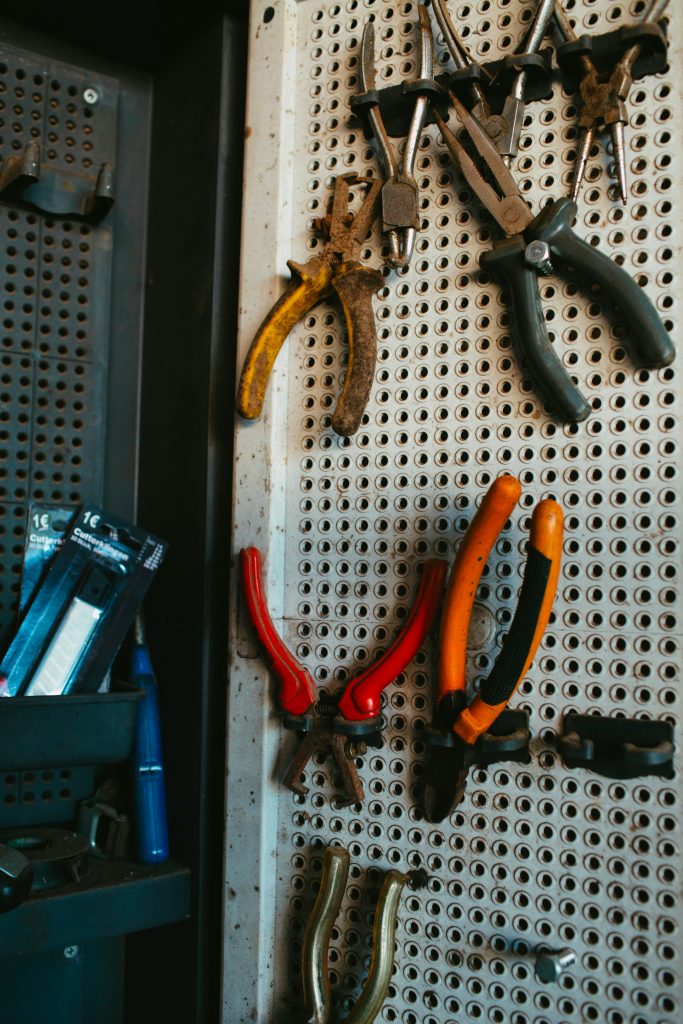
6. Pliers Set: Gripping, Bending, and Cutting with Precision
Function: Pliers are versatile hand tools used for gripping, bending, twisting, and cutting wires, cables, and small objects. A pliers set typically includes various types of pliers, such as slip-joint pliers, needle-nose pliers, and wire-cutting pliers, for different applications.
Uses: Use slip-joint pliers for general gripping and bending tasks, needle-nose pliers for reaching into tight spaces, and wire-cutting pliers for cutting wires and cables. Choose pliers with comfortable grips and smooth-action joints for ease of use and precision.
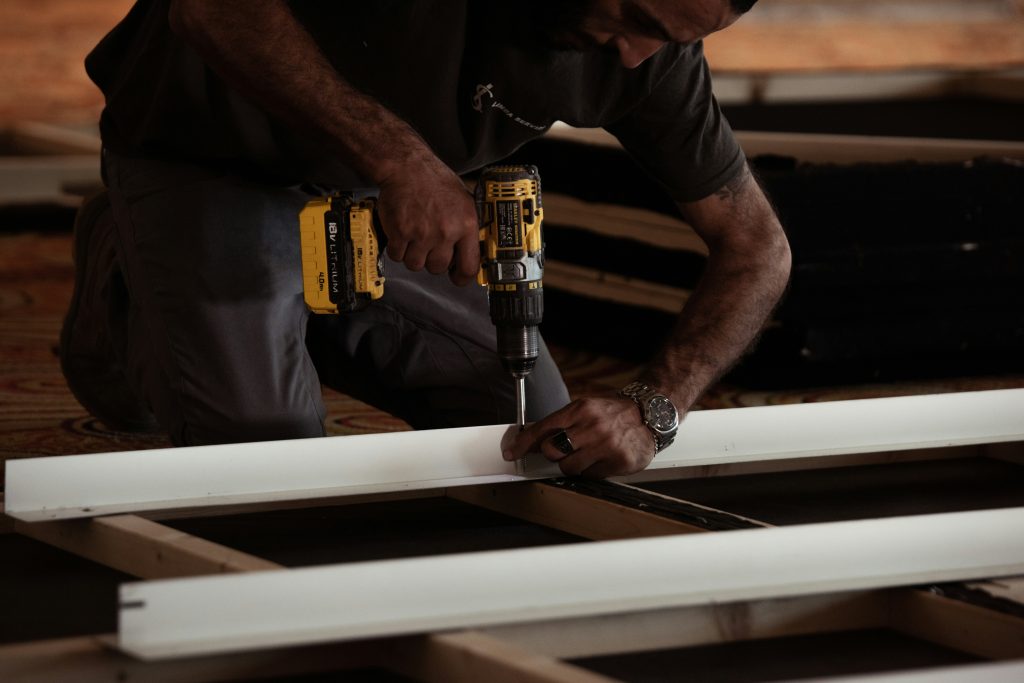
7. Power Drill: Versatile Drilling and Screwdriving Solutions
Function: A power drill is a versatile and heavy duty hardware tool used for drilling holes and driving screws in various materials, including wood, metal, and plastic. It features a motorized drill bit that rotates at high speeds, providing fast and efficient drilling and screw-driving capabilities.
Uses: Use a power drill for drilling holes for fasteners, anchors, and electrical wiring, as well as for driving screws for assembly and installation tasks. Choose a drill with variable speed settings, reversible rotation, and a keyless chuck for maximum versatility and convenience.

8. Level: Achieving Perfectly Straight Surfaces Every Time
Function: A level is used to ensure that surfaces, such as walls, shelves, and countertops, are perfectly horizontal or vertical. It features a liquid-filled vial with an air bubble that indicates whether a surface is level or plumb when positioned correctly.
Uses: Use a level for hanging pictures, installing shelves, and aligning cabinetry and fixtures with precision. Choose a level with durable construction and easy-to-read vials for accurate measurements. Consider a digital level for precise readings and built-in features like angle measurement.
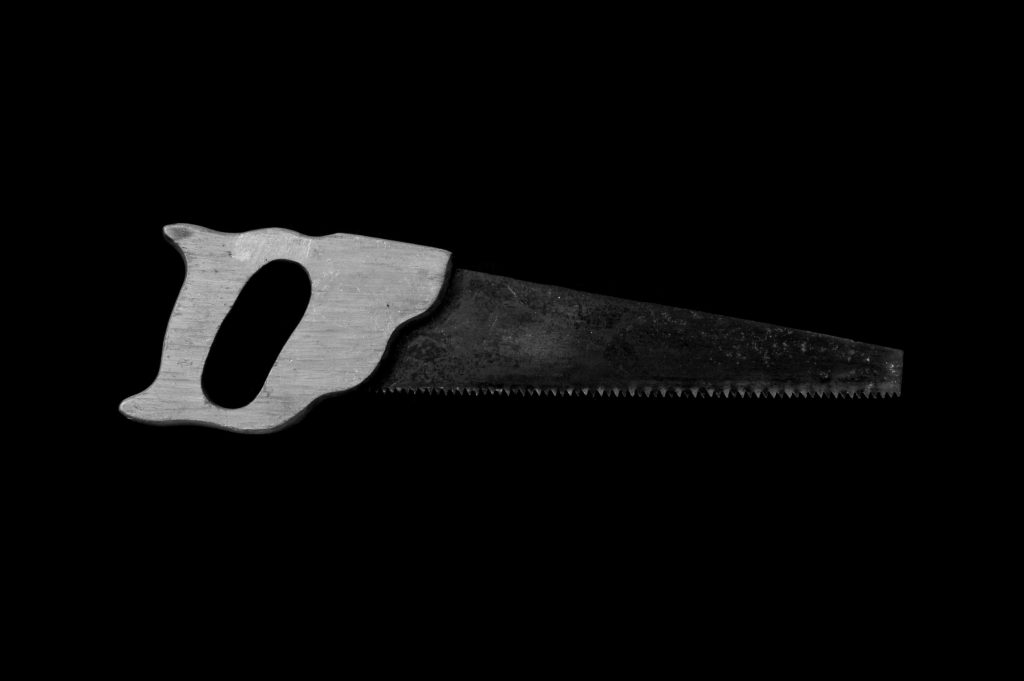
9. Saw: Cutting Through Materials with Ease
Function: A saw is a cutting hardware tool used for cutting through various materials, including wood, metal, and plastic. There are different types of saws available, such as handsaws, circular saws, and jigsaws, each designed for specific cutting tasks and materials.
Uses: Use a handsaw for cutting wood and plastic, a circular saw for making straight cuts in lumber and plywood, and a jigsaw for cutting curves and intricate shapes. Choose a saw with sharp, durable blades and ergonomic handles for comfortable use and precise cuts.

10. Safety Gear: Protecting Yourself During DIY Projects
Function: Safety gear, including goggles, gloves, and ear protection, is essential for protecting yourself from potential hazards and injuries during DIY projects. While safety gear is not classified as a hardware tool, it is still a very important aspect in the hardware niche.
Uses: Wear safety goggles to protect your eyes from flying debris and dust, gloves to protect your hands from cuts and abrasions, and ear protection to reduce noise exposure. Choose safety gear that fits properly and provides adequate protection for the task at hand.
In conclusion, having the right hardware tools at your disposal is essential for tackling a wide range of DIY projects and home improvement tasks with confidence and ease. By investing in quality tools and familiarizing yourself with their functions and uses, you can achieve professional-quality results and maintain your home’s functionality and aesthetics for years to come. Whether you’re a DIY enthusiast or a professional contractor, having the right tools for the job is key to success.
Visit United Providers of Health for the best health related blogs!
